Ivan Korolkov. From KV driver to regiment commander
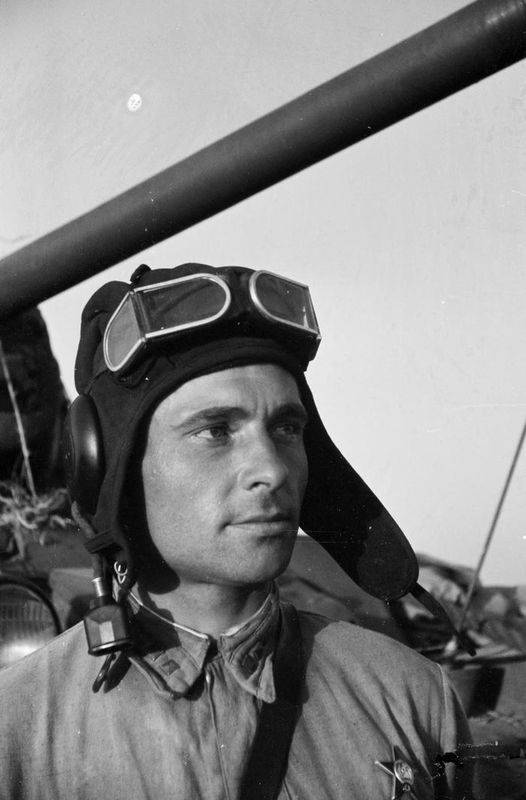
Soviet tank aces. Ivan Ivanovich Korolkov is one of the most productive Soviet tankers during the Great Patriotic War. A recognized master of tank combat, he went from a simple mechanic-driver of the KV-1 tank to the commander of a tank regiment. Passed the entire Great Patriotic War. The hero of the USSR. Officially, Korolkov’s account included at least 26 enemy tanks destroyed and destroyed, according to other sources, up to 34 tanks.
Pre-war life and the first battles of the Great Patriotic War
The future Hero of the Soviet Union was born on May 22, 1915 in an ordinary peasant family in the village of Melovoy, today it is part of the Solntsevsky district of the Kursk region. It is known that in 1928 Ivan Korolkov graduated from elementary school. After completing his studies, he worked as a mechanic. He was drafted into the ranks of the Red Army in September 1937. Most likely, as the owner of the working profession, he was immediately sent to serve in the tank troops, which, if possible, tried to saturate with the most competent personnel.
By the time the war began, he managed to become a junior commander, a mechanic-driver of the KV tank. By that time, he was most likely already a senior sergeant. He served in the 19th Panzer Regiment of the 10th Panzer Division from the formed 15th Mechanized Corps. This corps was part of the 6th Army on the territory of the Kiev Special Military District. The headquarters of the corps was in the city of Brody, which will become the site of the famous tank battle that unfolded in the triangle of Dubno-Lutsk-Brody in the first week of the war.
As part of the 19th tank regiment, he participated in battles with the Nazi troops from the first days of World War II. By the beginning of the war, the 15th mechanized corps was well equipped with personnel - 33 people (935 percent of the state). The situation was worse with tanks; there were 94 tanks in the corps. But of these, T-733 tanks were only 34, and KV-69 - 1. At the same time, 64 KV tanks were included in the 63th Panzer Division. Parts of the 10th mechanized corps fought hard in the Lviv region, and also participated in counterattacks on Radekhov and Druzhkopol. At the same time, the problem with the Soviet tankers was that they were faced with German infantry divisions, who managed to create a strong anti-tank defense, which was facilitated by the terrain, abundant in small rivers and marshy areas. The additional complexity of the Soviet tankers created the German aviation, which actively struck at crossings and columns moving to the front.
During the seven-day offensive and defensive battles in the area of Radekhov, Toporov, Lopatin, Soviet divisions suffered heavy losses in the material part. Of the 63 KV-1 tanks of the 10th Panzer Division, it is known that 56 vehicles were lost in the June battles. Of these, 11 were in battle, as many were missing, and 34 tanks were left or undermined by crews due to malfunctions. Ivan Korolkov was directly involved in these battles, survived and continued to fight the enemy. For the combat episode that had already occurred on September 5, 1941, he was presented to the Order of the Red Star, and was awarded in November. The award sheet indicated that Senior Sergeant Ivan Korolkov, being the driver of the tank of the battalion commander’s tank, proved himself a courageous fighter who managed to maintain the entrusted material part in constant combat readiness. On September 5, 1941, in the battle for the village of Budenovka, the tank controlled by Korolkov caught fire from a shell entering the gas tank. Despite the fire and the danger that arose, the driver was not at a loss and managed to bring the tank to the location of his troops. After which the fire was successfully extinguished.
Fights on the approaches to Stalingrad in the summer of 1942
At the end of September 1941, the 10th Panzer Division was disbanded, the surviving equipment and personnel were sent to form two new tank brigades - the 131st and 133rd (formed on the basis of the 19th Tank Regiment). Thus, Ivan Ivanovich was included in the formed 133rd tank brigade. Being a valuable fighter, who has been in service in the Red Army since 1937 and has experience of heavy fighting in the summer-autumn of 1941, Korolkov was promoted to officer. On June 4, 1942 he was already a lieutenant and commanded a platoon in the company of heavy tanks of the 1st tank battalion of the 133rd tank brigade. Prior to this, on March 8, 1942, he was seriously wounded in the left leg and back, but by the beginning of June he managed to return to duty.
Particularly Ivan Korolkov distinguished himself in the battle on June 10, 1942, in the region of an altitude of 159,2 to the west of the village of Tatyanovka. Here, not far from a large village and Shevchenkovo station, parts of the 277th Infantry Division and 113th Panzer Brigade were hit by the 51st Army Corps of the 6th Army of Paulus and the 16th Panzer Division of the 3rd Motorized Corps. In the area of heights near the village of Tatyanovka, 60 tanks of the 16th German Panzer Division were mired in battle with the main forces of the 133rd Panzer Brigade, which included 10 tanks by the beginning of June 41, including 8 KV-1.
The battle in the Tatyanovka area lasted several hours. Having suffered serious losses in technology, the 133rd Panzer Brigade moved to the rear, behind the positions of the 162nd Infantry Division advanced from the army reserve. By 18:00 p.m. there were 13 tanks on the move, including only two KV-1 tanks. Among these vehicles was the tank of Lieutenant Korolkov. Only he and the tank of the company commander of the senior lieutenant Ivan Danilov left the battle in the area of height 159,2. According to the results of this battle, Korolkova was presented to the Order of the Patriotic War of the 159,2st degree, but in the end was awarded the Order of Lenin. The award sheet indicated that in a battle at a height of 8, the tank of Lieutenant Korolkov destroyed 7 enemy tanks, 20 cannons and up to two hundred Nazis. In this case, the Korolkova tank managed to repel the attack of 34 German tanks. In battle, the Germans knocked out the HF with artillery fire, the car received heavy damage, but kept moving. Korolkov managed to withdraw the tank from the battlefield. In the same award sheet it was noted that during the battles Ivan Korolkov managed to prove himself a brave, decisive and skillful commander. The tanker is well tactically trained and is well acquainted with the materiel of the T-10 and KV tanks. According to the results of the fighting on June 1942, 133, the 42rd Brigade declared XNUMX enemy tanks destroyed.
Subsequently, Korolkov took part in the counterattack of the Soviet troops in the vicinity of the 74th kilometer. By that time he was already a senior lieutenant and commanded a company of heavy tanks. In this case, the entire 133rd tank brigade was transferred to the "heavy" staff and was equipped only with KV-1 tanks. On August 9, a company of senior lieutenant Korolkov carried out a successful attack on the 74th kilometer, the Germans were knocked out, and in the 14th German Panzer Division opposing the Soviet tank crews, by 17:9 on August 23, only XNUMX vehicles remained on the move. In this battle, senior lieutenant Korolkov destroyed two "heavy" enemy tanks (most likely Pz IV) and one gun, and also evacuated a damaged tank from the battlefield. At the same time, during the battle Korolkov was once again injured, now in the shoulder.
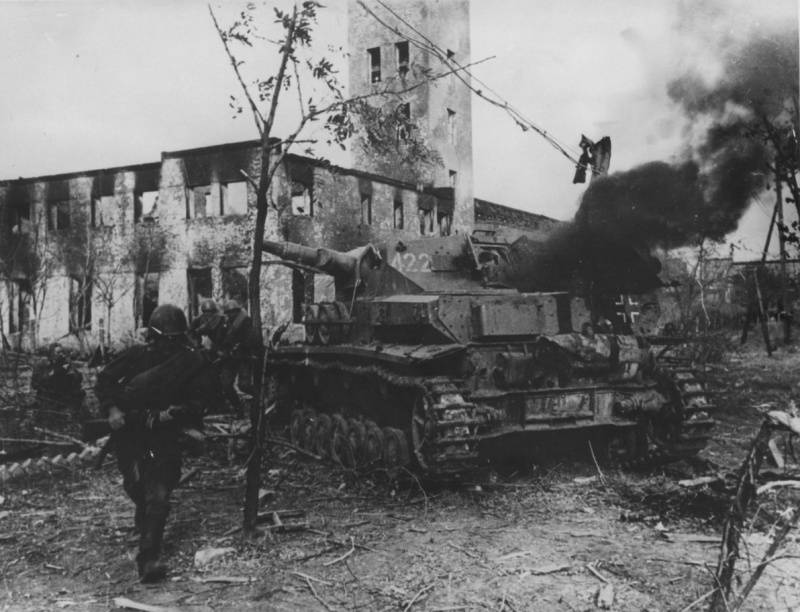
Subsequently, the 133rd Panzer Brigade, which was part of the Stalingrad Front, continued to conduct battles on the outskirts of the city, and then from September 10 to 20 participated in street battles. She was withdrawn from the front only at the end of September 1942. For the battle that took place on September 18, Senior Lieutenant Ivan Korolkov was introduced to the rank of Hero of the Soviet Union, which he received in February 1943. The award sheet indicated that during the period of battles from June 22, 1941 to September 20, 1942, Korolkov destroyed up to 26 enemy tanks, about 34 guns, 22 mortars, one enemy command post, as well as a large number of enemy manpower.
Immediately on September 18 during the German attack, which was preceded by artillery preparation and air bombing, the Soviet infantry began to withdraw. Seeing the withdrawal of his infantry, Senior Lieutenant Korolkov left the tank, gathered the retreating fighters and inspired him with the Bolshevik word (as in the document, most likely, with a selected Russian obscenity), after which he organized a counterattack. He was seriously wounded in battle, but continued to lead his tank company. Only after the battle was over, by direct order of the command, he left the front line to receive the necessary medical care.
The final period of the war and peaceful life
By the summer of 1943, the 133rd Panzer Brigade had become the 11th Guards, and the Guard, Senior Lieutenant Korolkov, received the position of commander of a tank battalion. In the spring and summer of 1943 much was written about the brave officer in the Soviet press, articles about him were published in the newspapers Krasnaya Zvezda and Pravda. His combat experience was studied in other tank units. Moreover, even before the battles on the Kursk Bulge, the Korolkov battalion was recognized as the best in the brigade during an inspection of the army headquarters. He took part in the Battle of Kursk, together with his battalion he defended positions in the Olkhovatka area. Then he fought with the Nazis, freeing the territory of Ukraine.
In December 1944, after completing training at the Leningrad Higher Officer Armored Guard School, Major Ivan Korolkov led the 114th separate tank regiment from the 14th Guards Cavalry Division, which was part of the 1st Belorussian Front. Thus, he went from a mechanic-driver of a KV tank to a commander of a tank regiment, with whom he almost reached Berlin.
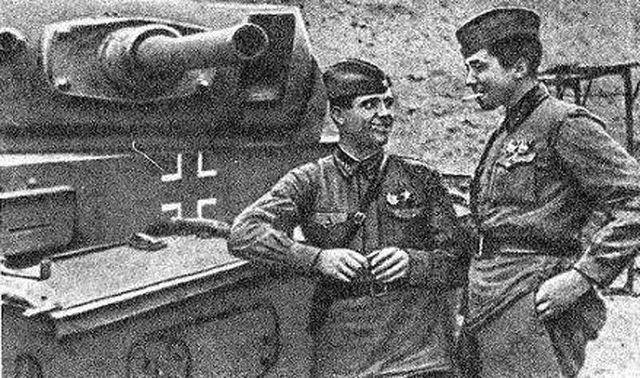
For the skillful command of the regiment in the battles from April 18 to May 1, 1945, Ivan Korolkov was introduced to the Order of the Red Banner. The award documents indicated that the Korolkov regiment inflicted heavy losses on the enemy in terms of material and manpower. At the same time, Ivan Korolkov himself several times personally led the regiment's units in the attack, inspiring subordinates with personal courage. In the battles for the village of Gros-Benitz, regiment units destroyed one enemy heavy tank, 4 artillery pieces, 3 mortars, 19 easel machine guns, 36 machine guns, 21 motorcycles, 6 trucks, as well as one train with ammunition and up to two companies enemy infantry. In the battle for the city of Rathenov, the tankers of the 114th separate tank regiment destroyed two enemy heavy tanks, captured one in good condition, destroyed 2 guns, 3 mortars and up to two enemy infantry platoons. In a battle in the city of Rathenov on May 1, 1945, Major Ivan Korolkov was again seriously wounded.
After the war ended, he did not stay long in the armed forces, already in 1946 he went into the reserve with the rank of major guard. It is believed that during the war, Korolkov, together with his crew, destroyed 26 to 34 enemy tanks (according to various sources). After leaving the army, he lived and worked in the urban-type village of Solntsevo, Kursk region, in his small homeland. Here he died on January 6, 1973 at the age of 56 years. Most likely, his health was seriously undermined by at least four wounds received during the war. In 2011, one of the streets of the village of Solntsevo was named after the famous tanker.
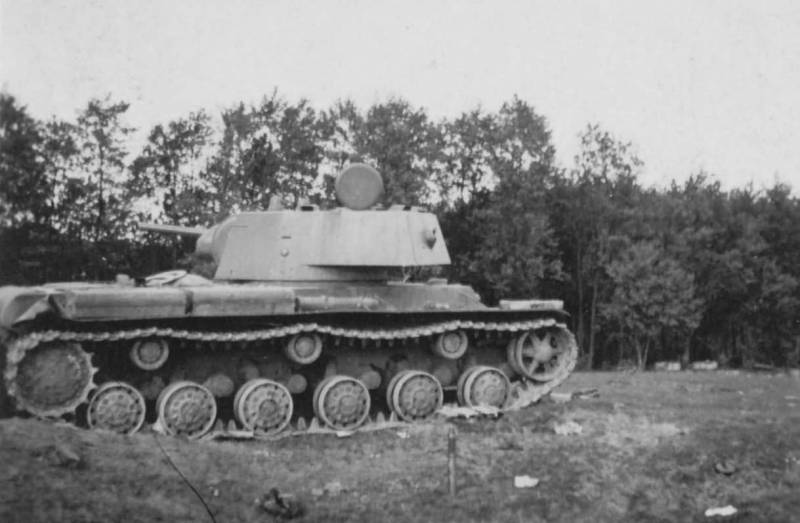
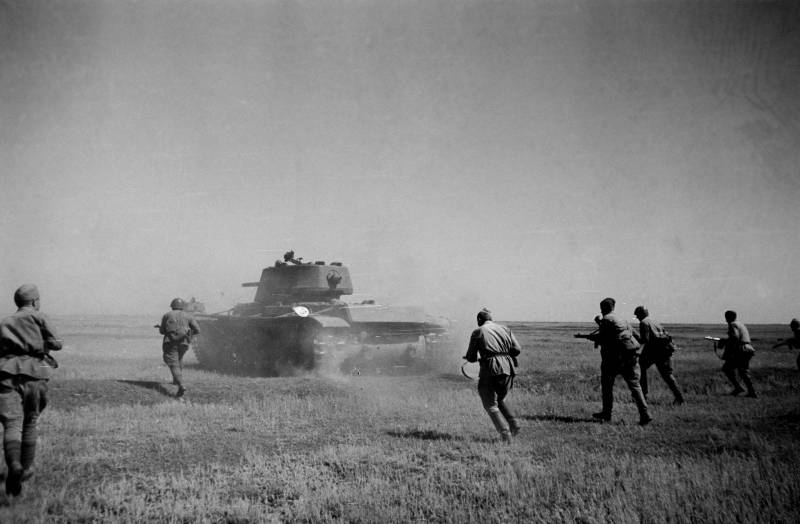
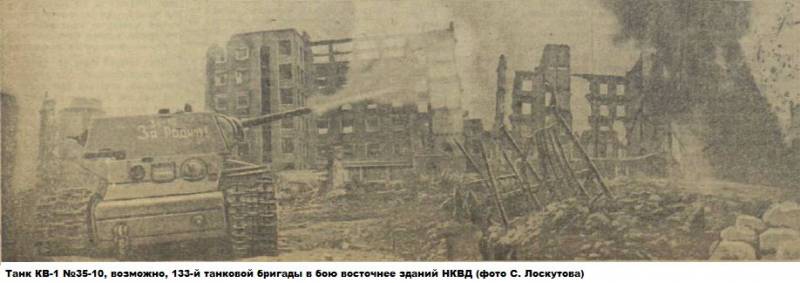
Information